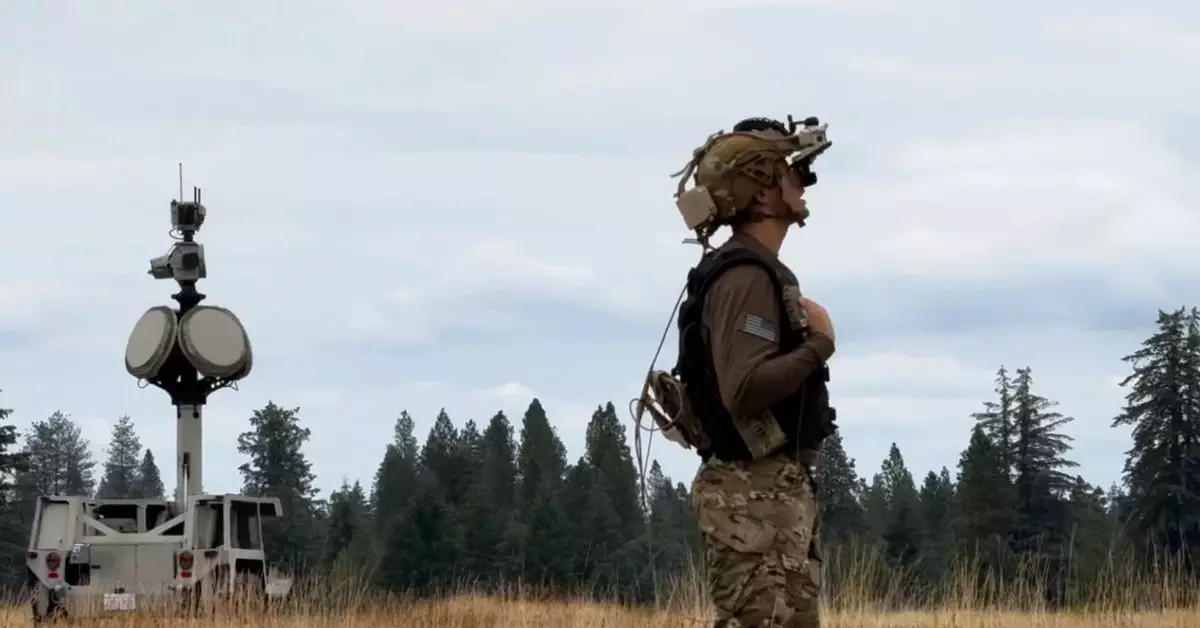In an ambitious effort to enhance the operational capabilities of soldiers, Anduril Industries, a defense tech company founded by Palmer Luckey, has announced a strategic collaboration with Microsoft. This partnership aims to integrate Anduril’s innovative Lattice software into the United States Army’s Integrated Visual Augmentation System (IVAS). This integration promises to transform the way military personnel interact with their environments through mixed-reality experiences, merging the physical battlefield with critical information systems.
The IVAS initiative, initially developed by Microsoft, leverages HoloLens technology to deliver vital information directly to soldiers in real-time. By embedding the Lattice software into these advanced goggles, troops will gain access to live updates sourced from drones and various ground and aerial support systems, fostering a more informed and technologically equipped fighting force. Imagine a soldier receiving alerts about incoming threats well beyond their visual limits—this level of situational awareness could drastically improve response times and mission efficacy.
Palmer Luckey’s journey encapsulates the interplay between vision and practical application. After establishing the Oculus brand and subsequently selling it to Meta for $2 billion, Luckey ventured into military applications with Anduril, backed by notable investors like Peter Thiel. His latest project mirrors the advanced infantry gear imagined in classic science fiction, demonstrating how technology once relegated to the pages of novels is now transitioning into tangible military tools. This aspiration echoes in Luckey’s own words as he emphasizes the aim of enhancing soldiers’ perceptual abilities—essentially granting them ‘superhuman’ traits on the battlefield.
Despite the potential, the deployment of such advanced technology is not without its challenges. The original version of the IVAS headset encountered significant issues, including user discomfort that manifested as headaches, nausea, and eyestrain during preliminary trials. Microsoft recognized these problems and conducted extensive design revisions to offer a more user-friendly experience. The commitment to refine and enhance the IVAS platform underscores the importance of user-centric design in military applications where performance and comfort are paramount.
With an ambitious budget projected at up to $21.9 billion over a decade, the stakes are high for the IVAS program. This funding reflects not only the government’s investment in enhancing military readiness but also the broader implications for the future of warfare. The seamless integration of cutting-edge technology into military strategies could redefine protocols, augment training regimens, and ultimately shape the future of conflict. As Anduril and Microsoft forge ahead, the military landscape may witness a significant shift towards cyber-physical systems, where information and technology play integral roles in ground operations.
The collaboration between Anduril and Microsoft represents a pivotal moment in the evolution of military technology. As these advanced systems continue to develop, the results could yield not only enhanced effectiveness on the battlefield but also a profound transformation in how warfare is conceptualized and conducted in the years to come.


Leave a Reply